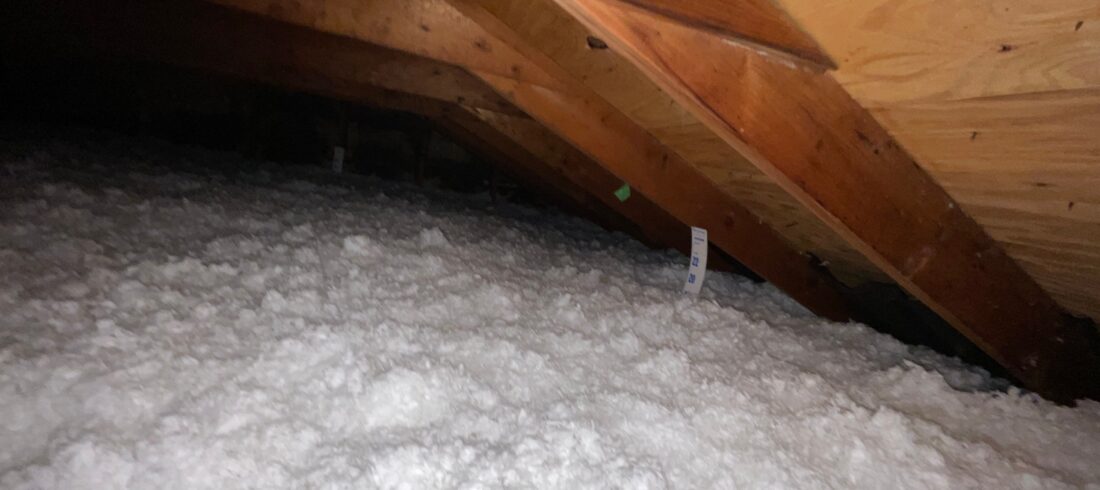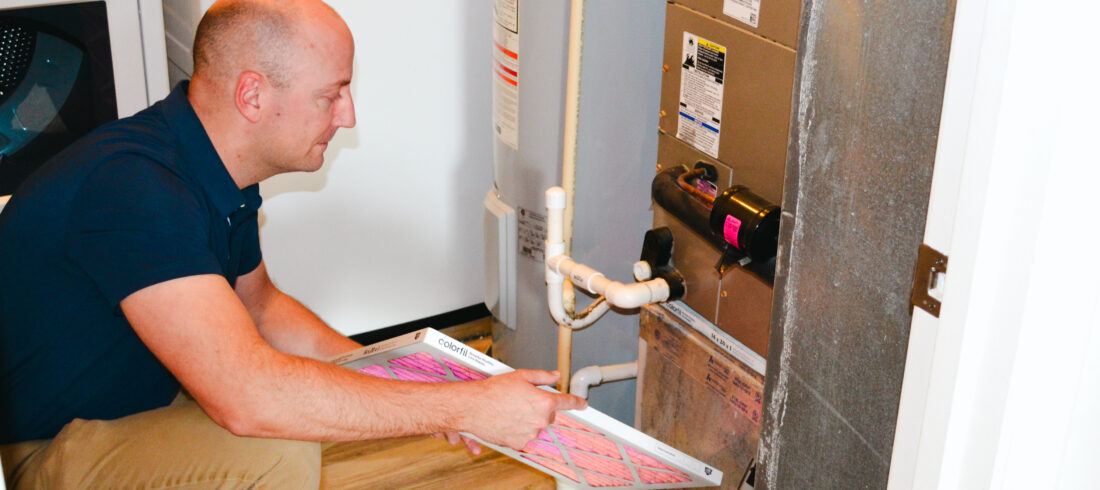How Your Water Heater Could Be Costing You Money
Water heaters can create high energy bills if they operate inefficiently, consuming more energy to produce the same amount of hot water as a newer, well-maintained unit. Over time, sediment can build up in the tank, reducing its capacity and forcing the heater to work harder and longer to heat the water. Additionally, worn-out components, such as heating elements or thermostats, can cause the system to use more energy than necessary. This increased energy consumption results in higher utility bills and can strain your household budget.
Signs Your Water Heater Is Having Issues
Water heaters are often kept out of sight in basements or closets. This makes it difficult to know when there is a problem. It’s always a good idea to check on your water heater a few times a year and take note of anything out of the ordinary. Here’s a few examples of what to look for:
- Inconsistent hot water
- Water that’s too hot or cold
- Dirty or smelly water
- Water leaks
- Old equipment (10-15+ years)
DIY Water Heater Troubleshooting
If any of the signs above sound familiar, there are a few steps you can take to learn more about the problem. This also helps prepare for a professional technician later if you need one.
- Thermostat Settings: An improperly set water heater can make your water feel either too hot or cold. The general recommended temperature range is between 120-125°F.
- Circuit Breaker: Electric water heaters should have a dedicated circuit breaker. Check to make sure it hasn’t tripped. If it has, you can flip the switch to ON.
- Pilot Light: Gas water heaters require the pilot light to be lit at all times. If your pilot light has gone out and you smell gas, leave your home immediately. Call your gas provider to shut off the supply until the issue is resolved.




